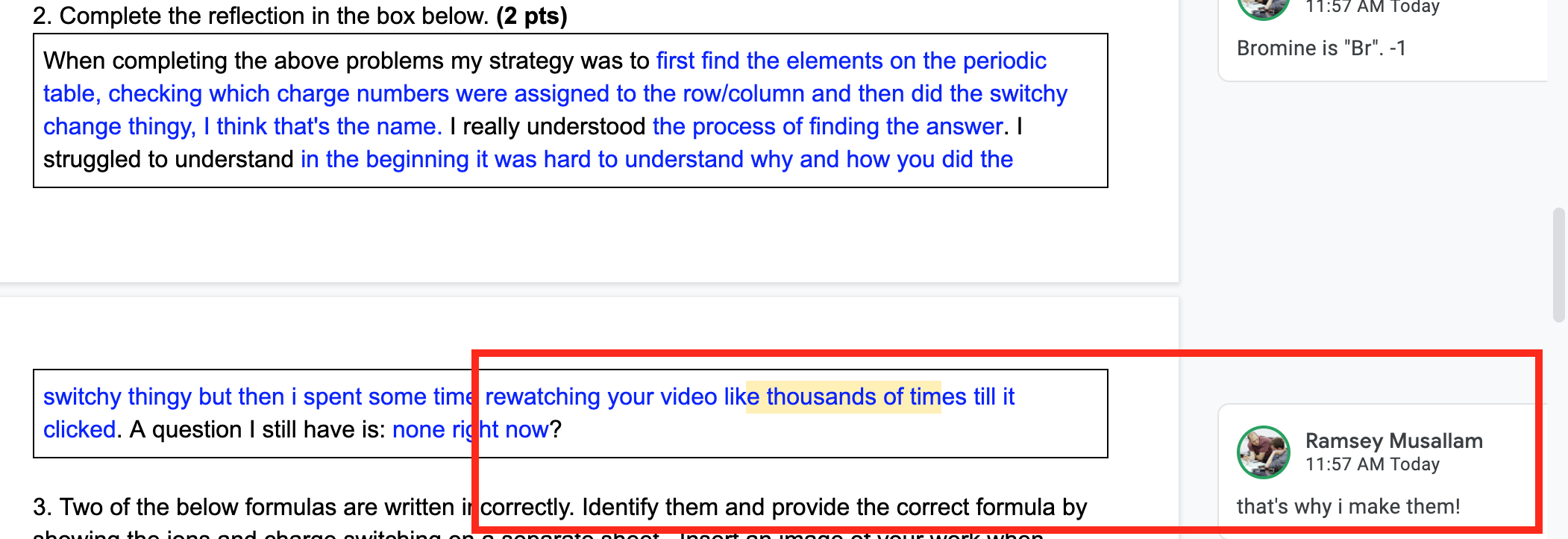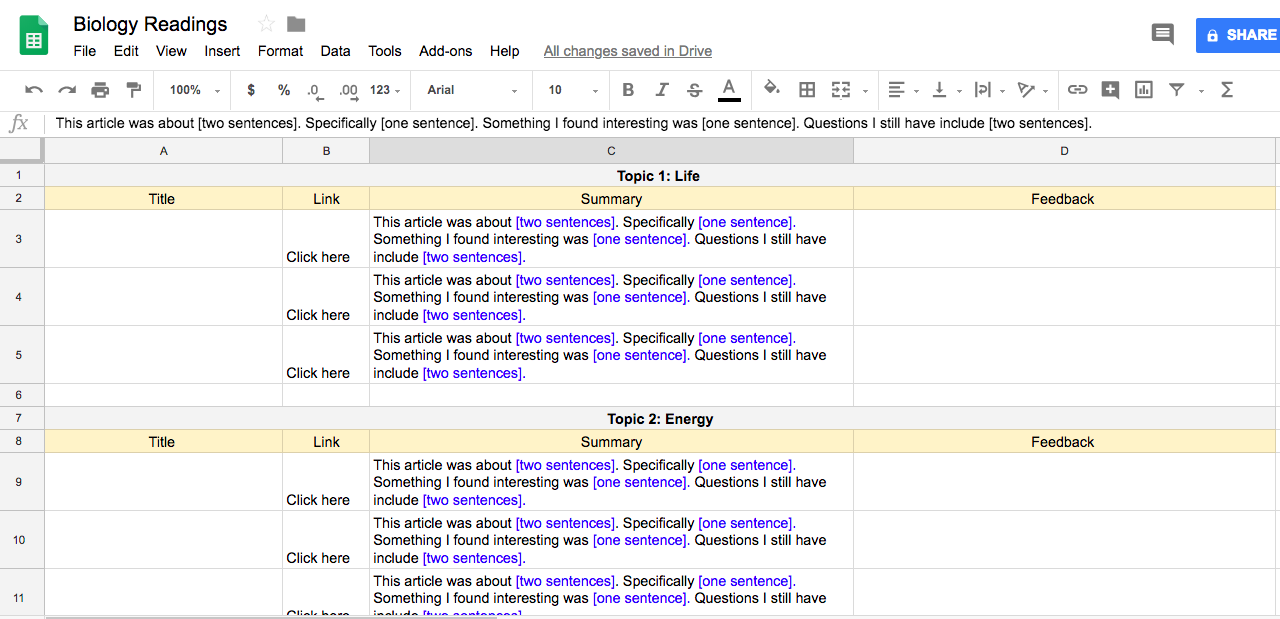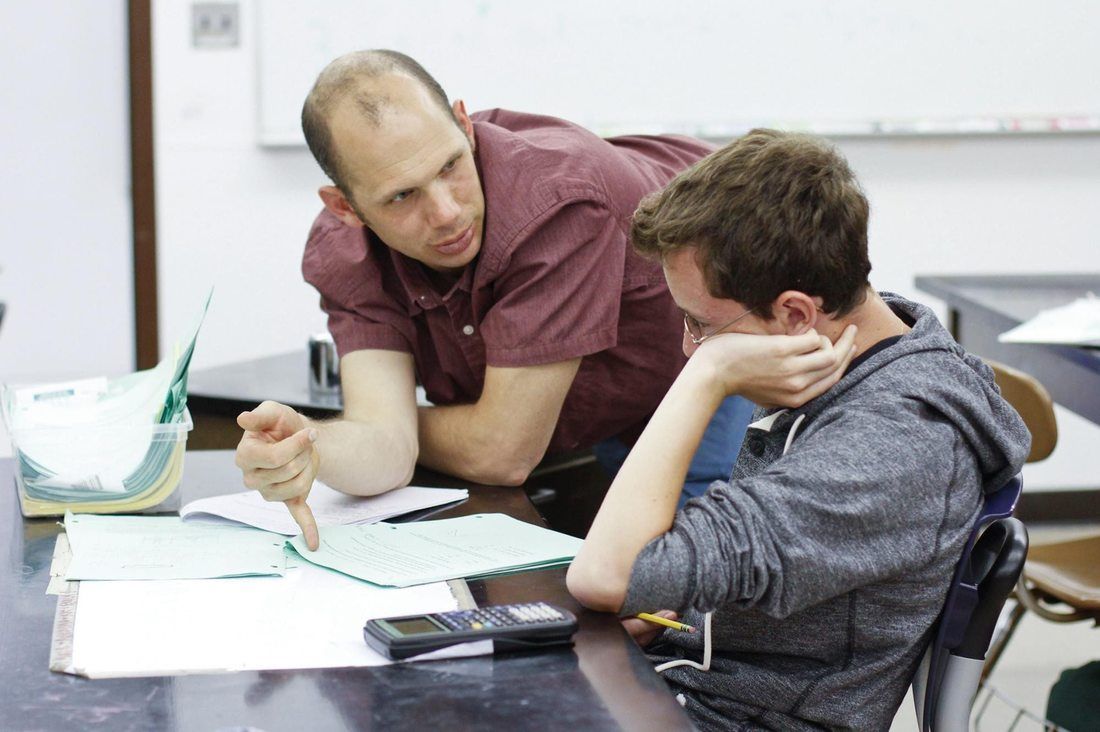|
|
|
Over the past decade I have been vocal about my struggle with viewing the "Flipped Classroom" as an innovative strategy.
As an educator who began his exploration of educational technology experimenting with various forms of video instruction in 2006, and who wrote his dissertation on the technique and the associated cognitive implications, my relationship with the community, tools, and discussion around leveraging video as lecture device is a strong yet dissonant one. Over the years, as my own reflective practice has led me down a path of student inquiry, placing less emphasis one WHERE lecture happens (in class vs. video) and focusing intently on WHEN lecture occurs in the context learning cycle, my interest in the flipped classroom discussion technology began to slowly fade away. The "Explore-Flip-Apply" model of merging Flipped classroom strategies with inquiry is a solid representation of my need to hang onto the movement as I ventured away in search of more impactful, and in my mind, more important/essential methods of teaching. This is all a complex way of saying that, in the current climate of 100% distance learning during the COVID-19 Pandemic, I am so thankful for my the skills I developed in creating video screencast for my students during my time spent obsessing over the ins and outs of flipped instruction. Introducing a topic and sparking student curiosity via a Zoom check in, sending them off to watch a video I have created, then gathering them back together via Zoom to reflect, has proved to be an essential skill that has made this time much less painful. Breaking up Zoom, and creating asynchronous experiences to view a lecture in the middle of a class period is working very well, and because the practice used to be the center of my vocational existence, I have easily been able to brush off my old skills, and enjoy the act of creating asynchronous video moment for my students once again. A simple post, but one that my gut felt was worth sharing. The below response from a student during a self reflection inspired this post.
I was honored to give the below interview for Flipped Learning Network. In the video I share my journey from early adoption to development of a more comprehensive inquiry pedagogy.
Slowly but surely, my Biology class has transitioned from a typical high school class with a focus on the "Double Helix" and mechanics of "Mitosis" to a class that leverages such structures and processes to tackle human disease and illness. Essentially, a Medial Biology class. I am blessed to teach at a school that allows me this freedom. A huge focus of the course has been leveraging student diagnosis of medical case studies as entries into inquiry cycles. For example, our unite on Cellular Respiration began with students diagnosing a patient with Type II Diabetes. Click here for our class website which contains templates for all case studies.
Given this approach, it is natural that our typical class text book does not serve my/our needs anymore. Although images and vocabulary related to such things as Cellular Respiration and DNA are nicely represented in the text, my current pedagogy catalyzed more questions about the current state of diagnosis, research and disease pathology. To this end, I found myself curating journal articles for students to read rather than assigning reading fro the text. Although the literacy skills of 9th graders makes this process challenging, feedback from them has indicated that they enjoy the challenge and actual scenarios so long as the reading is not "too long". I love 9th graders! Next year I plan to structure and pre-curate articles for them to read. I have played around with many different ways of doing this, and have decided that including them in one spreadsheet would be best. This way, students can make a copy of the sheet, share it with me, and then in ONE PLACE they can have the article link, a place to summarize their reading, and a place for me to offer feedback. Although a google form submission, or a website with embedded pdfs for example, sounds nice, the accountability and simplicity associated with all work being in one place, in my mind, will decrease Extraneous Cognitive Load while also creating a single, easily visible resource. Click here for the current template. Note, it's a work in progress and the plan is to stock this sheet with all the readings. See a screenshot below.
Not a new idea at all, but I am always blown away by how productive class is when I assign a writing assignment and spend the class editing and providing feedback to all docs simultaneously. Today I pushed out this template, and groups of students relocated to a myriad of places on campus to complete their formal research article according to the template. I sat at my desk and provided feedback. Super fun. Super simple. Super meaningful. Below is a short video of the process. #embracethemess
|
Categories
All
Archives
March 2024
|



 RSS Feed
RSS Feed